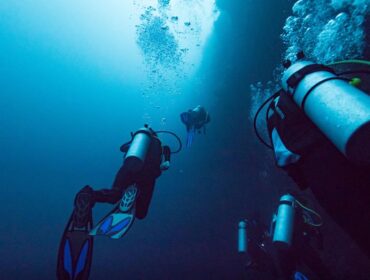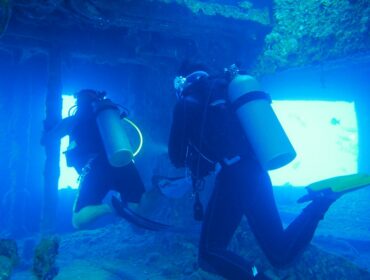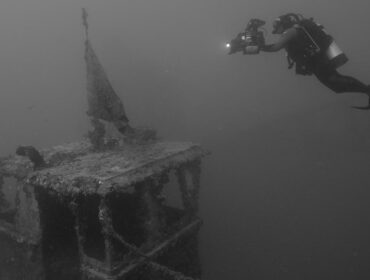The Great Lakes are home to some of the best freshwater diving in the world. The frigid freshwater has created a veritable time capsule of historical objects, and divers are in for an exciting learning experience when they visit any of the sites found within. The Great Lakes have played host to commercial shipping for more than 400 years; many vessels have met misfortune throughout this time, and a great deal are perfectly preserved for exploration by divers. The water is clear year round, and in the summer the temperatures can be quite a bit warmer than those of winter. Let’s check out 4 of our favorites.
Thunder Bay National Marine Sanctuary
This site in Lake Huron, known also as “Shipwreck Alley” due to its notorious unpredictable weather and numerous rocky shoals, is home to scores of shipwrecks that date back as far as 1844. These wrecks are well preserved due to the cold temperatures found in the depths of this freshwater body. Thunder Bay is administered by NOAA’s Office of National Marine Sanctuaries, which provides divers with many programs and historical information.
Isle Royale National Park Underwater Preserve
This beautiful preserve site is located in Lake Superior and has several wrecks to explore, most notably the Canadian freighter Kamloops. The Kamloops rests in 180-260 feet of water, however, the visibility in this area is about 20 feet! The mystery surrounding the 1927 fate of the Kamloops is one that remains to this day, with its hull only being discovered in 1977. Most of this area’s dive sites are only accessible by boat, and it should be noted that there are no air stations or dive shops on the island. Due to the visibility and nature of the wrecks, these dives should only be undertaken by experienced and qualified divers.
Sanilac Shores Underwater Preserve
Sanilac Shores is found in Lake Huron along its western shore, and comprises 163 square miles of water. More than 16 shipwrecks can be found here, at a maximum depth of 120 feet, safely within the range of recreational divers. One of the best features of this site is visibility, which can be anywhere between 35 and 50 feet on any given day.
Great Lakes Seaway Trail
This location runs along the shores of Lake Ontario and Lake Erie, and was one of the first roads to be designated as a National Scenic Byway. In addition to scenic views topside, it is home to several historic locations and cultural heritage sites. This trail has five dive sites, containing within them a variety of wrecks. Alexandria Bay is notable for the wreck of the Islander, while Clayton hosts the Eagle Wing Group. Oswego is home to the wreck of the David W. Mills, Pultneyville the St. Peter, and Dunkirk hosts a number of wrecks that interest divers.




